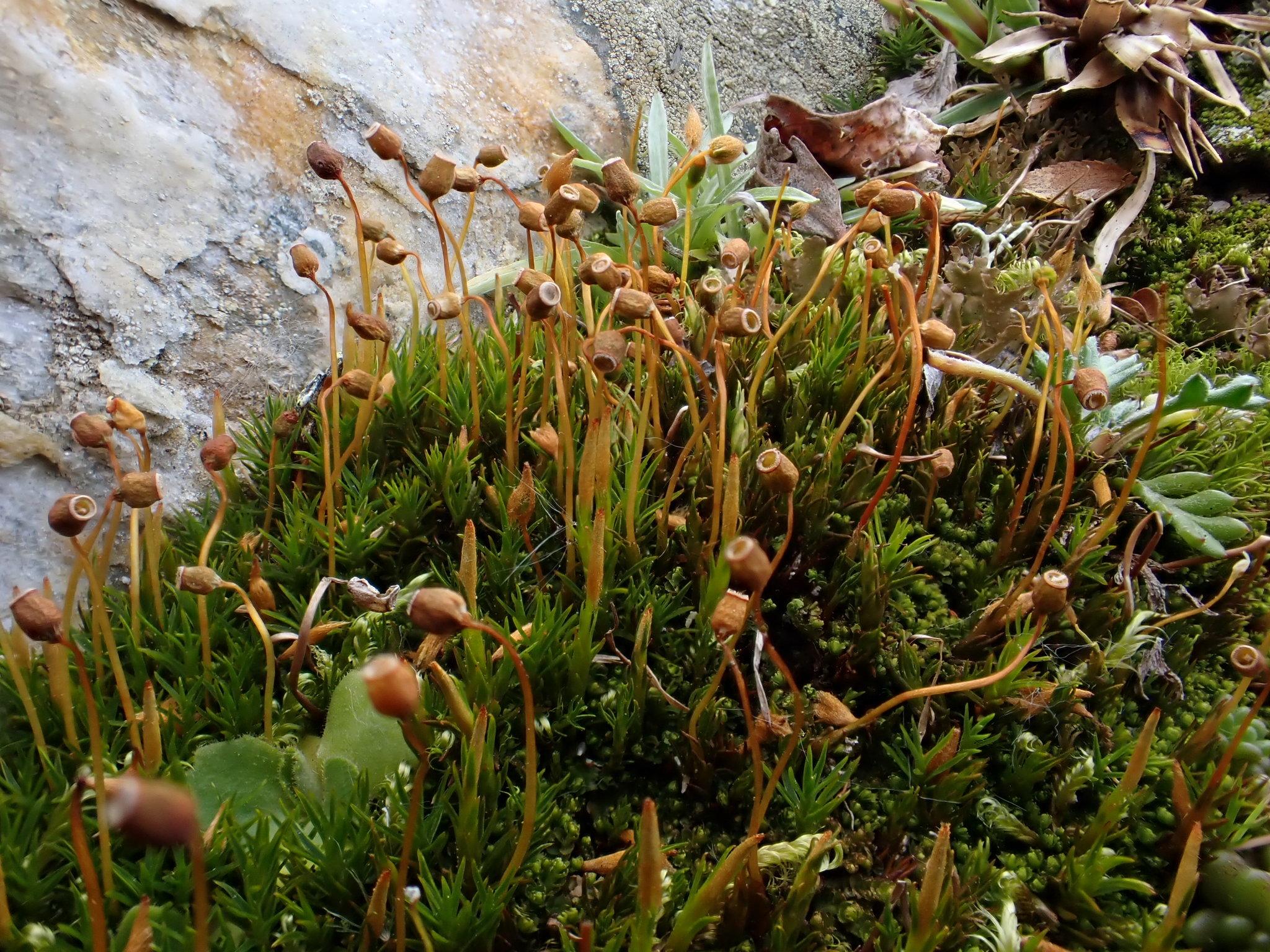
medium.jpeg from: https://www.inaturalist.org/taxa/405098-Pogonatum-subulatum
Introduction
In the vast and captivating world of bryophytes, one particular moss species stands out for its unique charm and ecological significance – the Pogonatum subulatum (Menzies ex Brid.) Brid., commonly known as Pogonatum. This unassuming yet fascinating plant belongs to the

original.jpeg from: https://www.gbif.org/es/species/4279998
Polytrichaceae family and has captured the hearts of moss enthusiasts worldwide.

Pogonatum-tortile-Sw-Brid-A-Habito-B-E-Hoja-B-Vista-general-C-Detalle-del.png from: https://www.researchgate.net/figure/Pogonatum-tortile-Sw-Brid-A-Habito-B-E-Hoja-B-Vista-general-C-Detalle-del_fig9_318217800
Background
Before delving into the intricacies of this remarkable moss, let’s set the stage with a brief background. Bryophytes, which include mosses, liverworts, and hornworts, are among the oldest and most primitive land plants on Earth. These resilient organisms have been around for over 400 million years, predating even the dinosaurs! Despite their diminutive size, bryophytes play crucial roles in various ecosystems, acting as pioneers in colonizing new environments and contributing to soil formation and water retention.
Main Content
Morphology and Identification
The Pogonatum subulatum is a striking moss species that can be easily identified by its distinctive features. Its gametophyte

34d26a4e7ad5ab65d02bf58a58994b7e.jpg from: https://openmuseum.tw/muse/digi_object/ba95420a12fe146e50a575a88249ab64
(the haploid, gamete-producing phase) consists of upright, unbranched stems adorned with rigid, lanceolate leaves that are spirally arranged. These leaves are keeled (boat-shaped) and possess a thick midrib that extends into a hair-like awn at the tip, giving the moss a delightfully fuzzy appearance.
One of the most remarkable characteristics of this moss is its sporophyte (the diploid, spore-producing phase). The seta (the stalk that supports the capsule) is elongated and reddish-brown in color, while the capsule itself is cylindrical and erect, with a conical operculum (lid) at the top. When mature, the capsule releases its spores through a peristome (a fringe of teeth-like structures) that opens and closes in response to changes in humidity, ensuring effective spore dispersal.
Global Distribution and Habitat
The Pogonatum subulatum is a cosmopolitan species, meaning it can be found across various regions of the world. It thrives in a wide range of habitats, from temperate to boreal forests, often growing on acidic, well-drained soils in shaded or partially shaded areas. This moss is particularly fond of decaying logs, stumps, and humus-rich soils, where it can form dense mats or cushions.
Ecological Roles and Adaptations
Despite its unassuming appearance, the Pogonatum subulatum plays a vital role in its ecosystem. As a pioneer species, it is one of the first plants to colonize disturbed or newly exposed areas, helping to stabilize the soil and pave the way for other plants to establish themselves. Additionally, its dense mats provide a microhabitat for various invertebrates, fungi, and microorganisms, contributing to the overall biodiversity of the ecosystem.
This moss is well-adapted to its environment, exhibiting several remarkable features. Its rigid leaves and hair-like awns help to reduce water loss and protect the delicate reproductive structures from desiccation. The peristome of the capsule is a clever adaptation that allows for efficient spore dispersal, ensuring the continuation of the species.
Case Studies/Examples
One fascinating example of the Pogonatum subulatum’s ecological significance can be found in the Pacific Northwest region of North America. In these temperate rainforests, the moss plays a crucial role in nutrient cycling and soil formation. As the moss grows and decomposes, it contributes to the accumulation of organic matter in the soil, creating a rich and fertile environment for other plants to thrive.
Technical Table
| Characteristic | Description |
|---|---|
| Family | Polytrichaceae |
| Genus | Pogonatum |
| Species | Pogonatum subulatum (Menzies ex Brid.) Brid. |
| Common Name | Pogonatum |
| Gametophyte | Upright, unbranched stems with rigid, lanceolate, spirally arranged leaves with keeled midribs and hair-like awns |
| Sporophyte | Elongated, reddish-brown seta; cylindrical, erect capsule with conical operculum; peristome for spore dispersal |
| Habitat | Temperate to boreal forests, acidic, well-drained soils, shaded or partially shaded areas, decaying logs, stumps, humus-rich soils |
| Distribution | Cosmopolitan |
| Ecological Roles | Pioneer species, soil stabilization, microhabitat provision, nutrient cycling, soil formation |
| Adaptations | Rigid leaves and hair-like awns for water conservation, peristome for efficient spore dispersal |
Conclusion
The Pogonatum subulatum, a humble yet extraordinary member of the Bryophyta phylum, serves as a testament to the incredible diversity and resilience of mosses. From its captivating morphology to its vital ecological roles, this moss species reminds us of the intricate web of life that exists even in the smallest of organisms. As we continue to explore and appreciate the wonders of the natural world, perhaps we can find inspiration in the Pogonatum subulatum’s ability to thrive in the most unexpected places, reminding us that beauty and significance can be found in the most unassuming of forms.
Thought-provoking question: In a world where we often overlook the smallest creatures, how can we cultivate a deeper appreciation for the vital roles played by organisms like mosses, and what lessons can we learn from their resilience and adaptability?